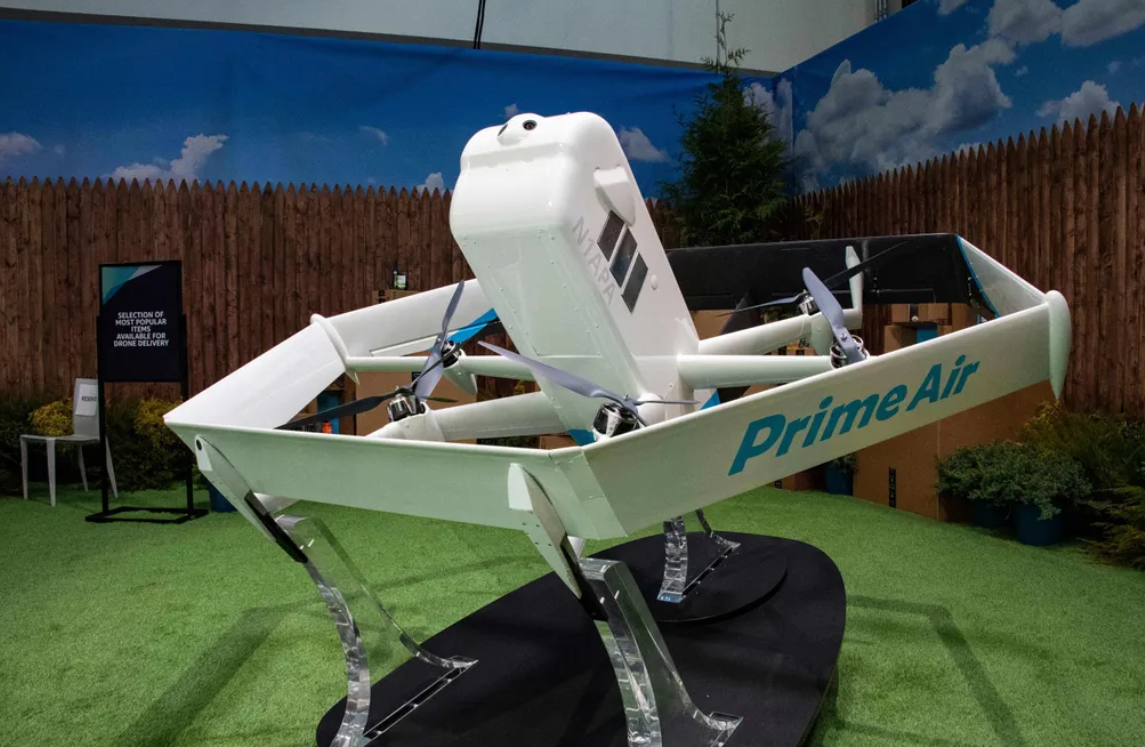Introduction:
In a groundbreaking leap into the future of healthcare logistics, Cleveland Clinic is set to pioneer the use of drones for medical deliveries. This article explores the transformative potential of drone medicine deliveries, examining the benefits, challenges, and the paradigm shift these airborne deliveries represent in the healthcare landscape.
Precision and Speed: Redefining Medical Deliveries
Drone deliveries bring a new dimension to precision and speed in medical logistics. Critical supplies, medications, and even lab samples can be transported with unparalleled efficiency. By bypassing traditional transportation obstacles, drones have the potential to revolutionize the speed at which essential medical items reach their destination, particularly in time-sensitive situations.
Rural and Remote Access: Bridging Healthcare Gaps
One of the most promising aspects of drone medicine deliveries lies in its ability to bridge healthcare gaps in rural and remote areas. These regions often face challenges in accessing timely medical supplies and services. Drones offer a lifeline by providing swift and direct deliveries, ensuring that patients in distant locations receive the care they need without delays imposed by geographical constraints.
Emergency Response: Aerial Support in Critical Moments
In emergency situations, every minute counts. Drone deliveries have the capability to serve as a crucial component of emergency response systems. From delivering life-saving medications to transporting medical equipment swiftly, drones can navigate through obstacles and reach the scene of an emergency far quicker than traditional transportation methods, potentially saving lives in the process.
Cost-Efficiency: Streamlining Healthcare Logistics
The integration of drones in healthcare logistics has the potential to enhance cost-efficiency. Traditional methods of transportation can be resource-intensive, especially for urgent or remote deliveries. Drones offer a streamlined alternative, reducing the need for extensive infrastructure and minimizing associated costs. This efficiency could translate into more accessible and affordable healthcare services.
Regulatory Considerations: Navigating the Skies Safely
While the prospects of drone medicine deliveries are exciting, they come with regulatory considerations. Navigating the skies safely requires robust regulatory frameworks that address airspace management, safety protocols, and compliance standards. The collaboration between healthcare institutions, drone operators, and regulatory bodies is crucial to establishing a secure and effective framework for widespread drone use in medical deliveries.
Patient Privacy and Security: Safeguarding Sensitive Deliveries
As drones transport sensitive medical items, patient privacy and security become paramount concerns. Ensuring that deliveries are secure, tamper-proof, and adhere to strict privacy standards is essential. Implementing robust encryption and tracking systems can safeguard the integrity of medical deliveries and maintain patient confidentiality throughout the transportation process.
Technological Advancements: Shaping the Future of Healthcare Logistics
The success of drone medicine deliveries hinges on ongoing technological advancements. Innovations in drone design, battery life, and navigation systems will play a pivotal role in shaping the future of healthcare logistics. Continuous investment in research and development is necessary to harness the full potential of drone technology and address any limitations that may arise.
Conclusion:
Cleveland Clinic’s foray into drone medicine deliveries marks a transformative moment in the evolution of healthcare logistics. The potential benefits, from rapid and precise deliveries to bridging healthcare gaps in remote areas, showcase the far-reaching impact of drone technology in the medical field. As regulatory frameworks evolve and technology advances, the skies may become an integral part of healthcare delivery, ushering in a new era where medical supplies take flight to reach those in need.


